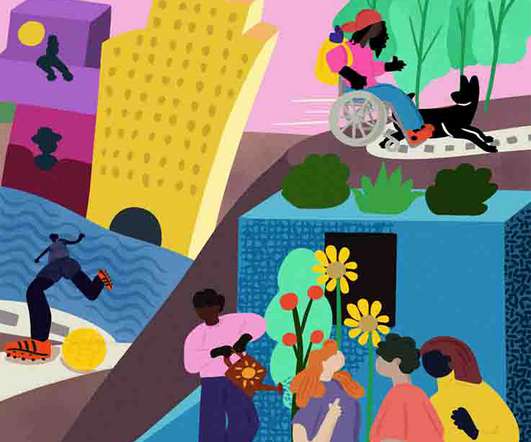Preserving Cambodia Town: How A Refugee Community Has Organized Itself
NonProfit Quarterly
OCTOBER 18, 2023
Image credit: Ian Nicole Reambonanza on Unsplash This is the fourth article in NPQ ’s series titled Building Power, Fighting Displacement: Stories from Asian Pacific America, coproduced with the National Coalition for Asian Pacific American Community Development ( National CAPACD ). How does a refugee community organize itself?











Let's personalize your content